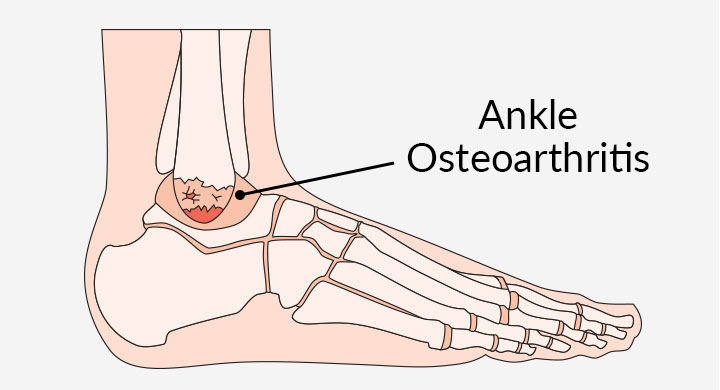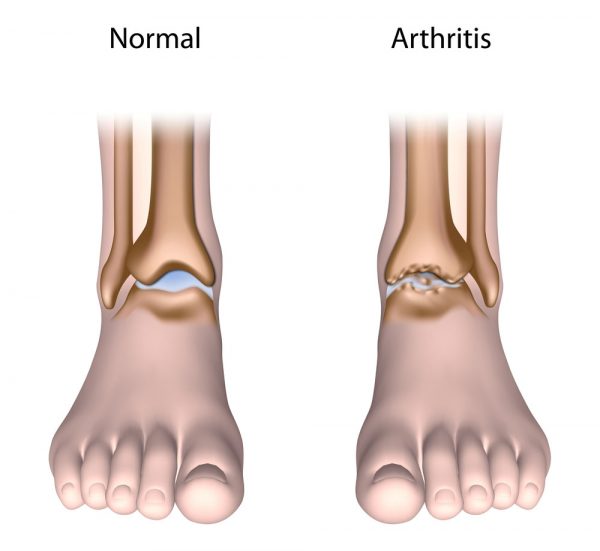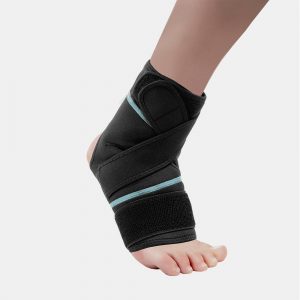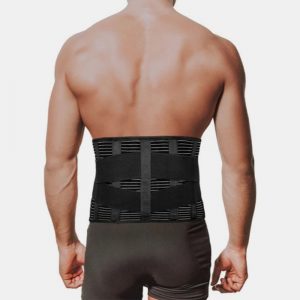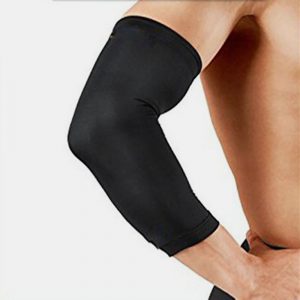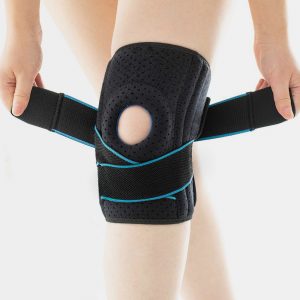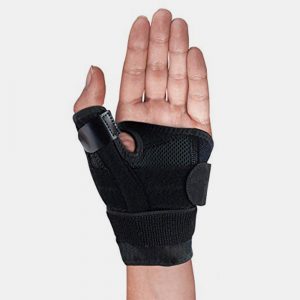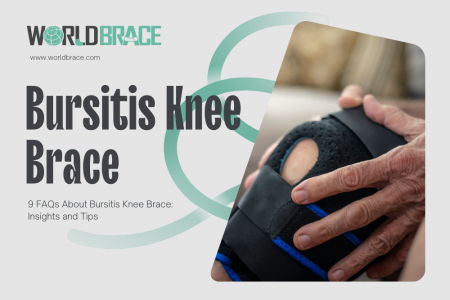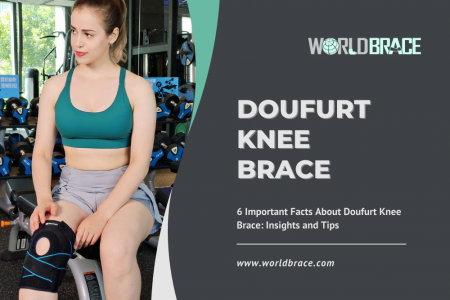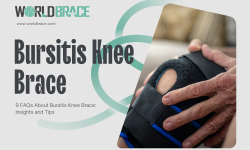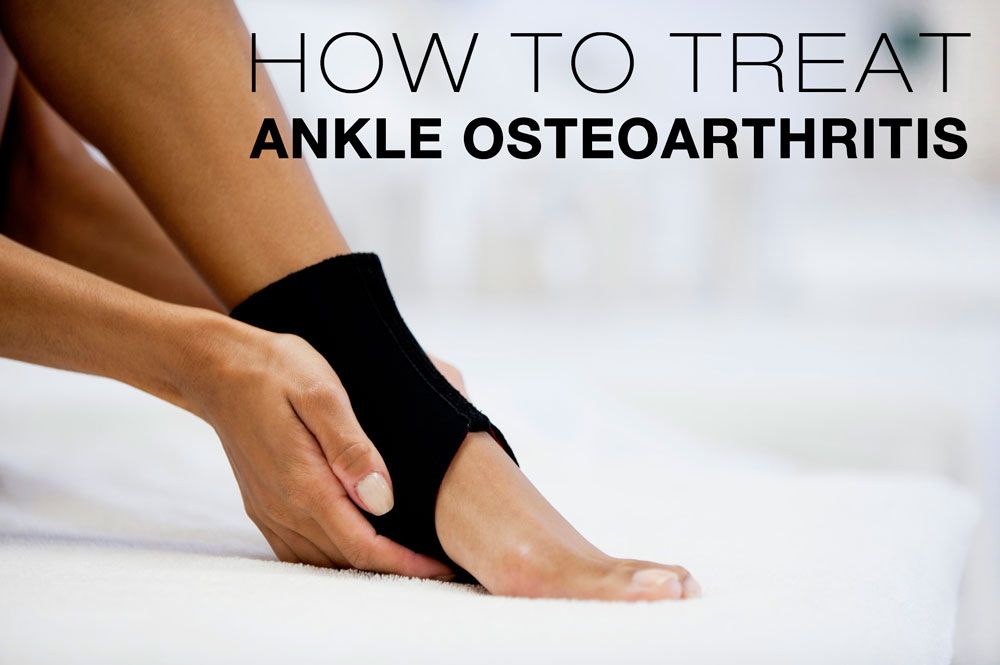
Table of Contents
What is ankle osteoarthritis?
Ankle osteoarthritis, also known as degenerative arthritis, is a condition in which the cartilage of joints begins to deteriorate. The function of cartilage is to provide protection and cushion to the bones during movement. A broken and lost cartilage can restrict a person’s ability to perform daily activities.
Osteoarthritis can affect the joints located in a person’s hands, spine, knees, feet, and ankles. As compared to other main joints, the ankle joint is less affected by arthritis. This joint has better containment and conformity. Moreover, the ligamentous attachments are also strong.
In a healthy person’s ankle, bones are covered with cartilage which serves as protective padding. Ankle Osteoarthritis causes damage to this padding over time. It results in the formation of painful bone spurs.
Ankle osteoarthritis is a common type of osteoarthritis. As the name suggests, Ankle osteoarthritis occurs in the ankle joint. It can affect both – the talocrural joint and the subtalar joint – synovial joints in the ankle. Usually, osteoarthritis occurs in the medial and the lateral compartment of the affected joints. Major factors that contribute to this disorder are trauma, arthropathies, chronic ankle instability, malalignment, and hemophilia.
What are the symptoms of osteoarthritis in the ankle?
Pain in the ankle, stiffness and joint cracking are common indications of ankle osteoarthritis. If timely care and treatment are not given, these symptoms can get worse over time and disrupt your everyday activities. Among the ones mentioned below, pain is the most common symptom of Ankle Osteoarthritis. Early treatment can save you from a lot of trouble.
Pain and stiffness: Severe in the morning and after sitting still for a long time. It is caused by bone friction and joint swelling.
Tenderness: Happens when your joint is touched or squeezed.
Swelling: Occurs on one side of your ankle or all around. Ankle produces excess fluid to reduce fraction which causes swelling.
Limited motion range: Your ankle won’t be able to bend and flex fully.
Difficulty walking: Happens due to stiffness, discomfort, and loss of motion.
What does osteoarthritis feel like in the ankle?
Ankle osteoarthritis can completely impede a person’s mobility. People with this disorder feel stiffness and pain in the ankles especially when they get out of bed. This pain can occur after any prolonged inactivity.
Osteoarthritis of the ankle can affect a person’s way of walking. Furthermore, it can lead to arthritis in the knee and hip joints. Walking can cause the ankle to lock or buckle; as a result, it turns out or in.
How to treat ankle osteoarthritis?
Arthritis Foundation (AF) provides complete guidelines for the treatment of Ankle Osteoarthritis. The treatment includes non-drug measures, medications, and surgery.
Non-drug treatment:
- A moderate weight can take the pressure off of the ankles.
- Use topical creams that reduce pain and inflation.
- Physical therapy can help.
- To not involve in activities that cause pain.
- Use shoe inserts or a cane.
- Use of ankle braces
Experts recommend ankles braces by WorldBrace. WorldBrace is one of the leading ankles support suppliers in the world. Their braces have been proven effective in managing early ankle osteoarthritis.
Drug treatment: This treatment option generally includes:
- Pills: Pills (Acetaminophen) help relieve pain. Nonsteroidal anti-inflammatory drugs (NSAIDs) help manage pain and inflammation.
- Creams or Gels: Creams with ingredients such as NSAIDs (diclofenac), lidocaine (Aspercreme) and salicylates can help reduce inflation and sensation of pain.
- Injections: Injections (Glucocorticoids) can provide short-term pain relief.
Surgical treatment: If other treatment options do not work, a physician may suggest one of the following treatments:
- Arthrodesis: Fusion of ankle bones.
- Arthroscopic surgery: Removal of bone spurs and loose cartilage.
- Total ankle replacement: Replacing bone and cartilage with plastic or metal parts.
Ankle osteoarthritis - causes, symptoms, diagnosis, treatment & pathology
faq
Can osteoarthritis in the knee cause ankle swelling?
It is usually ankle osteoarthritis that causes swelling and pain in the ankles. Knee Osteoarthritis on the other hand develops pain and swelling in the knees.
Can you get osteoarthritis in your ankles?
Yes, osteoarthritis can occur in the ankles. With the passage of time, it becomes more painful and impedes mobility.

